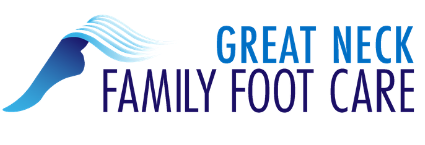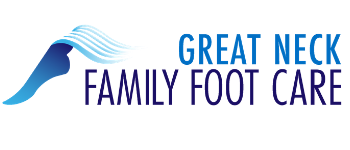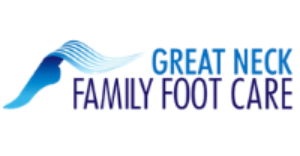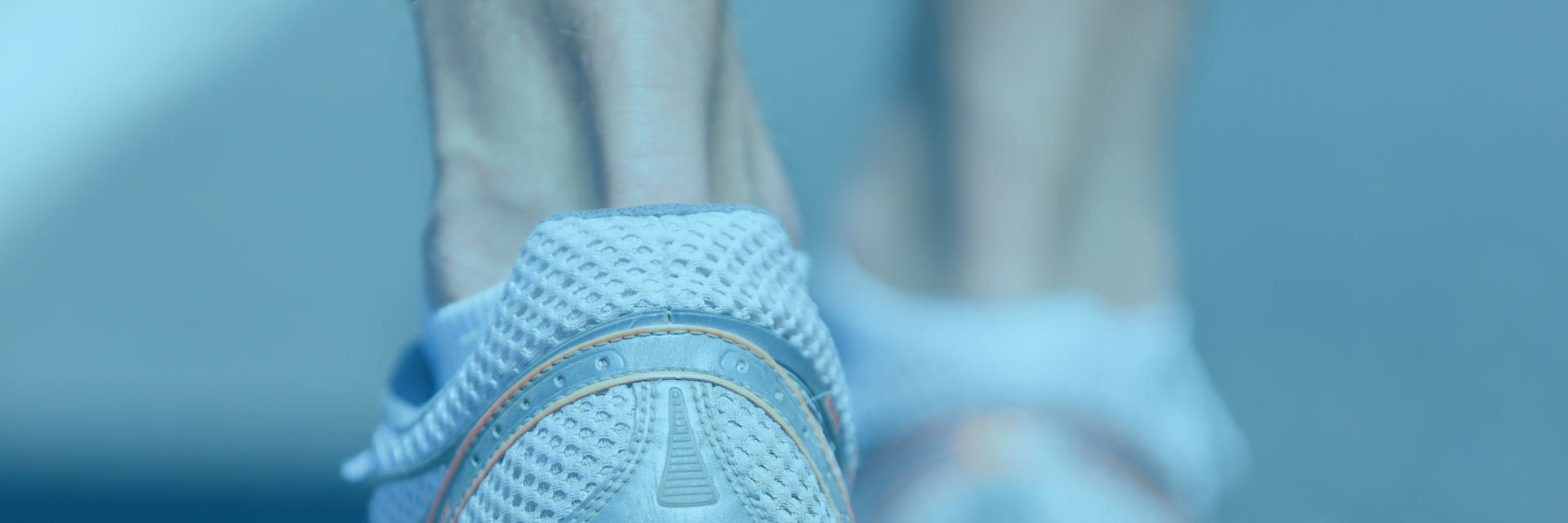If you believe you have possibly ruptured your Achilles tendon, call our Great Neck office immediately at (516) 482-5999 for an appointment. Prompt medical attention is necessary to prevent further damage. To minimize pain and discomfort before your appointment, follow the R.I.C.E. regimen: rest, ice, compression, and elevation.
You finally decide this is it, no bones about it; you are going to get in shape, starting this weekend. You drag your sneakers out from under your bed and head off to the track for a run. As you’re finishing your second lap, you feel a snap at the back of your heel, accompanied by a stabbing pain. There’s a good chance you just ruptured your Achilles tendon.




